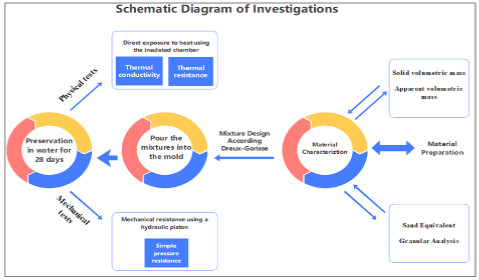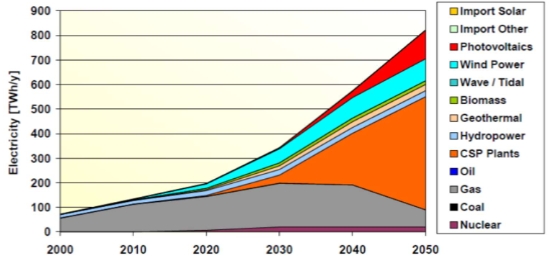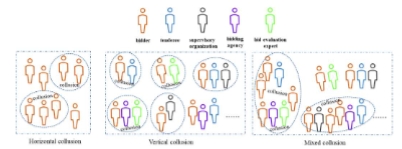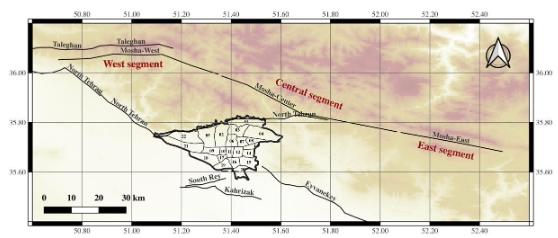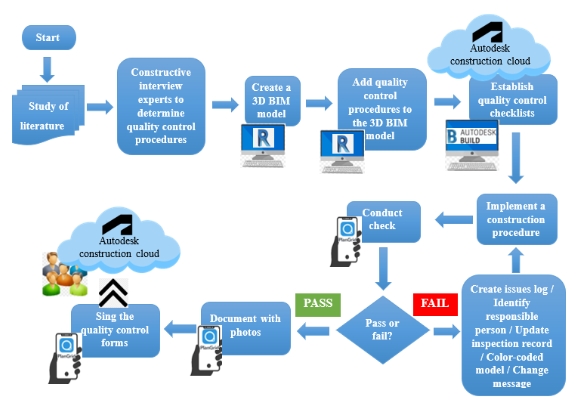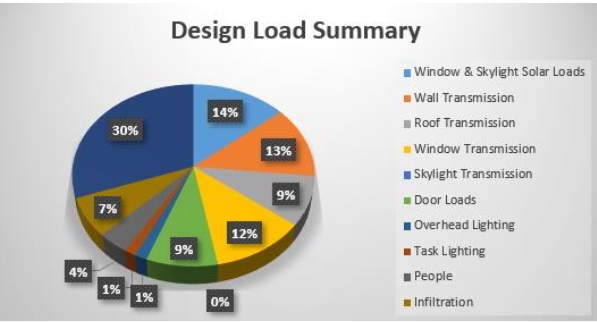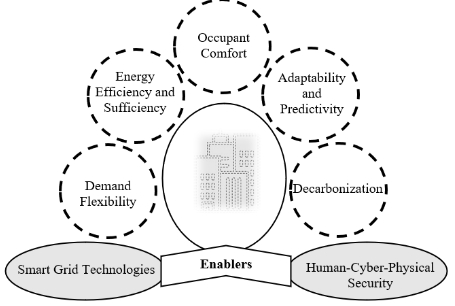Urban formalities versus informalities: Case study of Katwe informal settlements, Kampala Uganda
Abstract
Formal settlements refer to those settlements that comply with legal and regulatory frameworks, while informal settlements, commonly known as slums, arise without official sanction and often lack basic services and infrastructure. Informal settlements are an inherent reality that are integral parts of the urban centers in most developing nations such as the capital city of Uganda, Kampala. Currently, the city is experiencing numerous urban challenges such as inadequate housing, overcrowding, crime, and limited access to basic social services. These challenges have adverse social, economic and environmental impacts. Formal settlements typically provide basic services in proclaimed townships. By integrating formal standards into informal contexts, regeneration can conceptualize meeting formal necessities such as decent housing. This research explores the intersection of formality and informality within the urban center of Kampala, specifically in Katwe district. The research aims to explore regeneration actions in Katwe, aiming to enhance quality of living. This goal will be pursued through strategic approaches that enhances social equality and identifying social generators of activities for improved quality of life; Defining components of housing typologies for enhanced individual quality of life through self-built sustainable constructions; Establishing a unifying design focal point in the neighborhood to cultivate identity. The adopted research methodology for this exploration was developed based on a mixed-method research approach, employing procedures such as document analysis and observational study to gather necessary information from Katwe informal settlement in Kampala.
References
[1]UN-Habitat. Urban regeneration as a tool for inclusive and sustainable recovery. UN-Habitat; 2021.
[2]Cinnamon J, Noth T. Spatiotemporal development of informal settlements in Cape Town, 2000 to 2020: An open data approach. Habitat International. 2023; 133: 102753. doi: 10.1016/j.habitatint.2023.102753
[3]Jacob AA. Influence of Urban Street Vending on Pedestrian Experience and Behaviour: A Systematic Quantitative Review. Journal of Contemporary Urban Affairs. 2023; 7(1): 139-163. doi: 10.25034/ijcua.2023.v7n1-10
[4]Inkwap E. Know your hood: Katwe, Famous for its African Metallic Artistry. Daily monitor; 2013.
[5]Van Oostrum M. Appropriating public space: transformations of public life and loose parts in urban villages. Journal of Urbanism: International Research on Placemaking and Urban Sustainability. 2021; 15(1): 84-105. doi: 10.1080/17549175.2021.1886973
[6]Businge C. Why Katwe is a crime den. New Vision; 2007.
[7]Shema AI, Kiessel M, Atakara C. Assessment of African Vernacular Built Environment and Power: The Case of the Walled City of Zaria, Nigeria. Journal of Asian and African Studies; 2023.
[8]Adam AG. Informal settlements in the peri-urban areas of Bahir Dar, Ethiopia: An institutional analysis. Habitat International. 2014; 43: 90-97. doi: 10.1016/j.habitatint.2014.01.014
[9]World Bank. Upgrading Informal Settlements: Options for Land-Based Financing. World Bank; 2017.
[10]World Bank. East Asia and Pacific Cities: Expanding Opportunities for the Urban Poor. World Bank; 2018.
[11]Davis M. Planet of Slums. New Perspectives Quarterly. 2006; 23(2): 6-11. doi: 10.1111/j.1540-5842.2006.00797.x
[12]Satterthwaite D. Upgrading Informal Settlements. International Encyclopedia of Housing and Home; 2012.
[13]WHO. Health in Slums: Understanding the Link Between Urban Poverty and Health. World Health Organization; 2018.
[14]UN‐Habitat. The Challenge of Slums: Global Report on Human Settlements 2003. Management of Environmental Quality: An International Journal. 2004; 15(3): 337-338. doi: 10.1108/meq.2004.15.3.337.3
[15]Satterthwaite D, Mitlin D. Reducing Urban Poverty in the Global South. Routledge; 2013.
[16]Bhogle SD. Reconditioning Dharavi: A Toolkit of Strategies for Incremental Development [Master's thesis]. Illinois Institute of Technology; 2022.
[17]Arif MM, Ahsan M, Devisch O, et al. Integrated Approach to Explore Multidimensional Urban Morphology of Informal Settlements: The Case Studies of Lahore, Pakistan. Sustainability. 2022; 14(13): 7788. doi: 10.3390/su14137788
[18]Uzun B, Celik Simsek N. Upgrading of illegal settlements in Turkey; the case of North Ankara Entrance Urban Regeneration Project. Habitat International. 2015; 49: 157-164. doi: 10.1016/j.habitatint.2015.05.026
[19]Yılmaz O, Alkan M. Assessing the impact of unplanned settlements on urban renewal projects with GEE. Habitat International. 2024; 149: 103095. doi: 10.1016/j.habitatint.2024.103095
[20]Hassan GF. Regeneration as an approach for the development of informal settlements in Cairo metropolitan. Alexandria Engineering Journal. 2012; 51(3): 229-239. doi: 10.1016/j.aej.2012.02.003
[21]Shema AI, Abdulmalık H. Urban vertical farming as a path to healthy and sustainable urban built environment. A+ Arch Design International Journal of Architecture and Design. 2022; 8(1): 67-88. doi: 10.17932/IAU.ARCH.2015.017/arch_v08i1004
[22]Abass AS, Kucukmehmetoglu M. Transforming slums in Ghana: The urban regeneration approach. Cities. 2021; 116: 103284. doi: 10.1016/j.cities.2021.103284
[23]Fernandes J, Chamusca P, Pinto J, et al. Urban Rehabilitation and Tourism: Lessons from Porto (2010–2020). Sustainability. 2023; 15(8): 6581. doi: 10.3390/su15086581
[24]Baye F, Wegayehu F, Mulugeta S. Drivers of informal settlements at the peri-urban areas of Woldia: Assessment on the demographic and socio-economic trigger factors. Land Use Policy. 2020; 95: 104573. doi: 10.1016/j.landusepol.2020.104573
[25]Hantalo AH, Dube EE. Dynamics of Informal Settlement Expansion on the Urban Fringe: The Case of Birbir Town, Southern Ethiopia. Journal of Contemporary Urban Affairs. 2023; 7(1): 86-102. doi: 10.25034/ijcua.2023.v7n1-6
[26]Kamalipour H. Exploring informal urbanism. The Routledge Handbook of Urban Design Research Methods; 2023.
[27]Kamalipour H, Iranmanesh A. Morphogenesis of Emerging Settlements: Mapping Incremental Urbanism. Land. 2021; 10(1): 89. doi: 10.3390/land10010089
[28]Subbaraman R, Murthy SL. The right to water in the slums of Mumbai, India. Bulletin of the World Health Organization. 2015; 93(11): 815-816. doi: 10.2471/blt.15.155473
[29]Balarabe MK, Ibrahim AS, Ahmad M. Economic Diversification and the Urban Image; Changing the Narrative on Street Vending. Journal of Contemporary Urban Affairs. 2019; 3(1): 52-61. doi: 10.25034/ijcua.2018.4682
[30]Agyabeng AN, Peprah AA, Mensah JK, et al. Informal settlement and urban development discourse in the Global South: Evidence from Ghana. Norsk Geografisk Tidsskrift - Norwegian Journal of Geography. 2022; 76(4): 242-253. doi: 10.1080/00291951.2022.2113428
[31]Venter A, Marais L, Morgan H. Informal Settlement Upgrading in South Africa: A Preliminary Regenerative Perspective. Sustainability. 2019; 11(9): 2685. doi: 10.3390/su11092685
[32]Un-Habitat. Financing Urban Shelter. Routledge; 2013.
[33]Ascensão E. Interfaces of informality. City. 2016; 20(4): 563-580. doi: 10.1080/13604813.2016.1193337
[34]Armstrong G, Wilkinson S, Cilliers EJ. A framework for sustainable adaptive reuse: understanding vacancy and underuse in existing urban buildings. Frontiers in Sustainable Cities. 2023; 5. doi: 10.3389/frsc.2023.985656
[35]Hwang SW, Lee SJ. Unused, underused, and misused: an examination of theories on urban void spaces. Urban Research & Practice. 2019; 13(5): 540-556. doi: 10.1080/17535069.2019.1634140
[36]Diefendorf JM. Urban Reconstruction in Europe After World War II. Urban Studies. 1989; 26(1): 128-143. doi: 10.1080/00420988920080101
[37]Van Doorn L, Arnold A, Rapoport E. In the age of cities: The impact of urbanization on house prices and affordability. In: Hot property: The housing market in major cities. Springer International Publishing; 2019.
[38]Mahmoud IH. Placemaking for Green Urban Regeneration. Springer International Publishing; 2022.
[39]Wurm M, Taubenböck H, Weigand M, et al. Slum mapping in polarimetric SAR data using spatial features. Remote Sensing of Environment. 2017; 194: 190-204. doi: 10.1016/j.rse.2017.03.030
[40]Chan APC, Adabre MA. Bridging the gap between sustainable housing and affordable housing: The required critical success criteria (CSC). Building and Environment. 2019; 151: 112-125. doi: 10.1016/j.buildenv.2019.01.029
[41]Amado MP, Ramalhete I, Amado AR, et al. Regeneration of informal areas: An integrated approach. Cities. 2016; 58: 59-69. doi: 10.1016/j.cities.2016.05.015
[42]Mohamed AA, Ubarevičienė R, van Ham M. Morphological evaluation and regeneration of informal settlements: An experience-based urban design approach. Cities. 2022; 128: 103798. doi: 10.1016/j.cities.2022.103798
[43]Ricciardelli A, Raimo N. Assessing Sustainability and Organizational Innovation of Urban Regeneration Projects. Springer International Publishing; 2023.
[44]Leary ME, McCarthy J, eds. The Routledge Companion to Urban Regeneration. Routledge; 2013.
[45]Dickinson H. Performing Governance. Palgrave Macmillan UK; 2014.
[46]Cherunya PC, Truffer B, Samuel EM, et al. The challenges of livelihoods reconstruction in the context of informal settlement upgrading. Environment and Planning A: Economy and Space. 2020; 53(1): 168-190. doi: 10.1177/0308518x20926514
[47]Shema AI, Balarabe MK, Alfa MT. Energy efficiency in residential buildings using nano-wood composite materials. International Journal of Civil Engineering and Technology (IJCIET). 2018; 9(3).
[48]Dovey K, van Oostrum M, Chatterjee I, et al. Towards a morphogenesis of informal settlements. Habitat International. 2020; 104: 102240. doi: 10.1016/j.habitatint.2020.102240
[49]Güneralp B, Lwasa S, Masundire H, et al. Urbanization in Africa: challenges and opportunities for conservation. Environmental Research Letters. 2017; 13(1): 015002. doi: 10.1088/1748-9326/aa94fe
[50]Garfinkel E. The urban slum as a model for sustainable development: case study: Villa 31. Northeastern University library; 2023.
[51]Nzau B, Trillo C. Affordable Housing Provision in Informal Settlements through Land Value Capture and Inclusionary Housing. Sustainability. 2020; 12(15): 5975. doi: 10.3390/su12155975
[52]Amado M. Wall-Up: Method for the regeneration of settlements and housing in the Developing World. Sustainable Cities and Society. 2018; 41: 22-34. doi: 10.1016/j.scs.2018.05.024
[53]André C. A bird's eye view of OECD housing markets. OECD Economics Department Working Papers; 2010.
[54]Abhishek N, Jenamani M, Mahanty B. Urban growth in Indian cities: Are the driving forces really changing? Habitat International. 2017; 69: 48-57. doi: 10.1016/j.habitatint.2017.08.002
[55]Koley S. Challenges in Sustainable Development of Smart Cities in India. Sustainability. 2020; 13(4): 155-160. doi: 10.1089/sus.2020.0017
[56]Fegue C. Informal settlements’ planning theories and policy-making in sub-Saharan Africa – from ‘site’ to ‘people’: a critical evaluation of operations ‘Murambatsvina’ and ‘Garikai’ in Zimbabwe. International Journal of Sustainable Development and Planning. 2007; 2(4): 445-460. doi: 10.2495/sdp-v2-n4-445-460
[57]Haruna PB, Zubairu S, Olagunju RE, et al. Liveability Considerations: Towards Designing Sustainable Public Housing in Niger State, Nigeria. Journal of Contemporary Urban Affairs. 2023; 7(2). doi: 10.25034/ijcua.2023.v7n2-16
[58]Malik S, Roosli R, Tariq F. Investigation of informal housing challenges and issues: experiences from slum and squatter of Lahore. Journal of Housing and the Built Environment. 2019; 35(1): 143-170. doi: 10.1007/s10901-019-09669-9
[59]Adamy A, Meillyta M, Maharani L, et al. Disaster Vulnerability Assessment of Low-Cost Houses in Java Island. Journal of Contemporary Urban Affairs. 2023; 7(2): 20-37. doi: 10.25034/ijcua.2023.v7n2-2
[60]Whittemore AH. Exclusionary Zoning. Journal of the American Planning Association. 2020; 87(2): 167-180. doi: 10.1080/01944363.2020.1828146
[61]Ghasempour A. Informal settlement; concept, challenges and intervention approaches. Specialty journal of architecture and construction. 2015; 1(3-2015): 10-6.
[62]Deuskar C. Clientelism and Planning in the Informal Settlements of Developing Democracies. Journal of Planning Literature. 2019; 34(4): 395-407. doi: 10.1177/0885412219842520
[63]Gan X, Zuo J, Wu P, et al. How affordable housing becomes more sustainable? A stakeholder study. Journal of Cleaner Production. 2017; 162: 427-437. doi: 10.1016/j.jclepro.2017.06.048
[64]Olanrewaju A, Tan SY, Abdul‐Aziz A. Housing providers’ insights on the benefits of sustainable affordable housing. Sustainable Development. 2018; 26(6): 847-858. doi: 10.1002/sd.1854
[65]Schmuecker K. The good, the bad and the ugly. Institute for Public Policy Research; 2011.
[66]Mbiggo I, Ssemwogerere K. An Investigation into Fire Safety Measures in Kampala Slums-A Case of Katanga-Wandegeya. Civil and Environmental Research. 2018; 10: 30-4.
[67]Obbo D. Kampala Central Slum Settlement Profile. Ask Your Government Uganda; 2014.
[68]Shema AI. Rethinking Architecture and Urban Form in the Context of Power Discourse: Case Study Nicosia, North Cyprus. Journal of Asian and African Studies. 2019; 54(8): 1227-1246. doi: 10.1177/0021909619865570
[69]Wyckoff MA. Definition of placemaking: Four different types. Planning & Zoning News. 2014; 32(3): 1.
[70]McFarlane C. Urban Poverty in the Global South: Scale and Nature, By Diana Mitlin and David Satterhwaite Reducing Urban Poverty in the Global South, By David Satterthwaite and Diana Mitlin. The Journal of Development Studies. 2016; 52(12): 1827-1829. doi: 10.1080/00220388.2016.1202886
Copyright (c) 2025 Author(s)

This work is licensed under a Creative Commons Attribution 4.0 International License.




